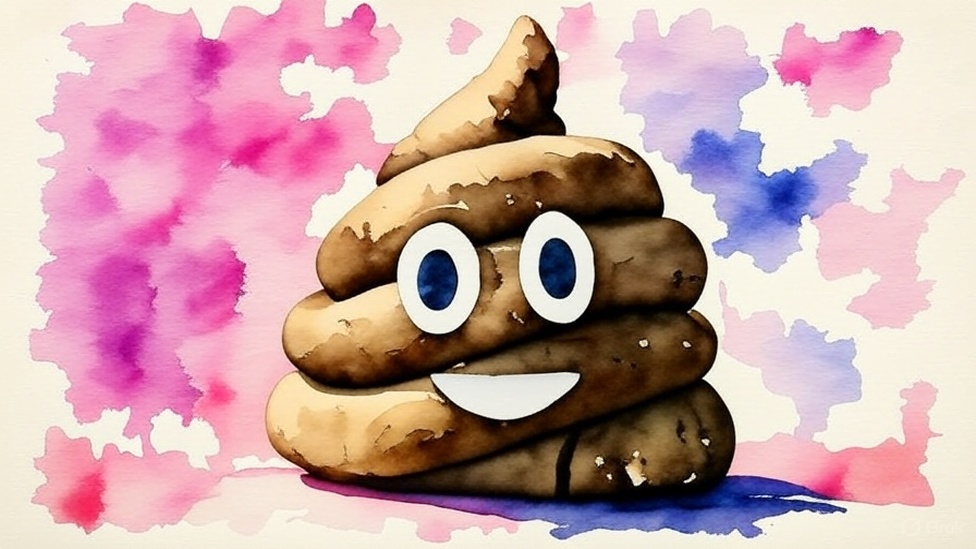A little horse.
Joke Poo:
What do you call a pile of manure that’s feeling under the weather?
A little doody.
Alright, let’s break down this equine-afflicted gag.
Analysis of Original Joke:
- Setup: “What do you call a pony with a sore throat?” This sets up a pun-based riddle. We expect a wordplay answer.
- Punchline: “A little horse.” This is the punchline. The humor lies in the double meaning of “hoarse.” The joke plays on the similar pronunciation of “hoarse” (having a rough, scratchy voice) and “horse” (the animal). The addition of “little” cleverly specifies it’s a pony which is a smaller breed of horse.
Key Elements:
- Ponies: The joke centers on a pony, a small breed of horse.
- Homophone Pun: The core of the joke is the “hoarse” vs. “horse” pun.
- Sore Throat: This is the setup’s condition for the pony.
Comedic Enrichment & New Humor:
Okay, with our analysis complete, let’s gallop into some new humor:
Option 1: The Educated Pun:
Did you know? The term “hoarse” (referring to a rough voice) likely originated from the Old English word “has,” meaning “rough” or “raspy.” So, that pony with a sore throat? He’s not just a little horse. He’s a little horse with a historically appropriate vocal condition. He’s practically Shakespearean! Someone get him a lozenge and a sonnet.
Option 2: The Meta-Joke:
Why did the joke analyst refuse to dissect the pony joke?
Because it was hoarse-ly written! (And also, the analyst had ethical concerns about dissecting a living, albeit miniature, equine).
Option 3: The Observation (slightly less joke-like, more witty):
It’s ironic that a pony with a sore throat is called “a little horse.” You’d think being little would be an advantage when you’re trying to project sound. Clearly, size isn’t everything when it comes to vocal cord capacity. Maybe the pony should try gargling with warm saltwater. Or just stick to neighing really, really softly.
Explanation of Choices:
- Option 1 uses the factual origin of the word “hoarse” to elevate the pun. The humor comes from the unexpected depth of the joke and the ridiculous suggestion of a Shakespearean pony.
- Option 2 acknowledges the original joke’s quality (or lack thereof) with a self-deprecating spin.
- Option 3 is a more observational take that highlights the incongruity of the situation, adding a touch of playful absurdity.
The goal is to take the original joke’s elements and either add factual context, introduce meta-commentary, or highlight inherent absurdities to create new humorous content that relates back to the source material.


